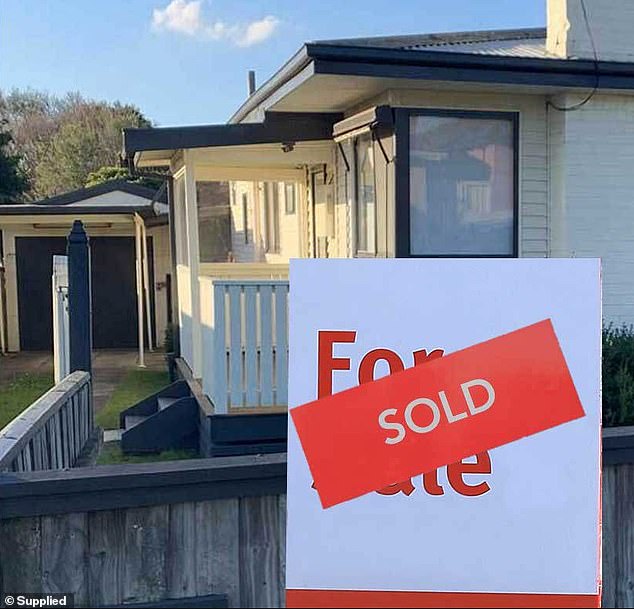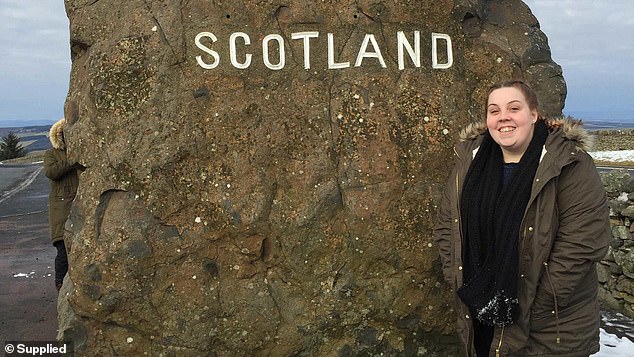I bought a home aged 25. It’s not as hard as you think – this is how I did it
A young woman has revealed the tricks she used to buy her first home at the age of 25, despite operating in an extremely competitive property market.
Hannah Armstrong learned the value of thrift at a young age. Her mother Cath founded the shopping deal site ‘Cheapskates Club’ when she and her husband both lost their jobs in the same week.
The now 29-year-old woman said that while many people look for quick fixes or cutbacks, she has managed to buy a house by steadily keeping her expenses low.
“I was taught from a young age not to get into debt and to save for things,” Ms. Armstrong said Nine news.
‘I remember when I was young I saved up for the Olympic Barbie that came out for Sydney in 2000, and the roller skates and the toys that I wanted. I did little jobs around the house to earn five and ten cents to spend on it.’
She spent two years carefully saving a $55,000 down payment so she could buy a $270,000, four-bedroom home in Victoria’s Gippsland region in 2019.
And she did this on a customer service representative’s salary, while working part-time for part of those two years.
Before that, she was an apprentice hairdresser, earning $380 a week, yet was able to finance her own car and go on vacation to Europe.
Hannah Armstrong has revealed how she bought a house at the age of 25

She spent two years carefully saving a $55,000 deposit so she could buy the $270,000, four-bedroom home in Victoria’s Gippsland region in 2019
Mrs Armstrong said she was “shocked” that she had managed to scrape together enough money for a deposit on a house, but that she had done so by “keeping her head in the game” and following a budget.
“I get paid biweekly. So every two weeks I sit down with a pen and paper, write down what I’ve been paid, and then go over my budget.”
She also applies this simple yet effective strategy to the way she handles money: she chooses to use physical cash for all her purchases.
She said this trick forces her to be more conscious about how much she spends.
She also keeps her money in separate accounts for different budget categories and can only use that money for the purpose it was intended for. This is an old trick known as “cash stuffing,” where she fills labeled envelopes with banknotes.
She has mastered the art of grocery shopping, buying in bulk whenever possible, making her own meals from scratch, and going to farmers markets to find cheaper and often better produce.

Ms Armstrong said she was ‘shocked’ that she had managed to raise enough money for a deposit on a house, but had done so by ‘putting her head down’ and following a budget
Another effective trick she often uses is to entertain friends at home instead of meeting up somewhere.
Although she already owns a home, Mrs. Armstrong continues to adhere to her strict money management techniques.
She said she is aware that interest rates could change and her mortgage could become more expensive, as it has been the case for the past two years, and that repairs to the home could be needed.
She has calculated that she can pay off her mortgage within seven years.
She says that once she has set foot on the housing market, she wants to gradually work her way up to her dream home, all by drawing up a good budget and using willpower.
